Content is king these days. So if a website owner wants to draw more visitors to their site, it pays to have high-quality content.
It’ll help boost the site’s SEO performance, which will naturally push your visitors to the site, and of course, if the content is good enough, people will have a pretty solid reason to return again and again.
The crucial part of this sentence is “if the content is good enough.” There’s no shortage of blogs and articles out there.
But engaging content that helps to push the website forward?
That’s harder to find. However, if you’ve set out to become a content writer, then there’s a lot of value in working to make your writing more engaging.
In this blog, we’re going to run through twelve tips for writers that’ll help drive engagement with your readers — and ultimately make you better at what you do.
Scale insightful marketing content across the web.
We help you grow through expertise, strategy, and the best content on the web.
1. Use emojis

It’s worthwhile using any means of communication you have at your disposal. While you’ll primarily be using the written word, there are times when an image — or rather, an emoji — will say a thousand words.
This will be relevant if you’re trying to appeal to a young audience, but they can have a place in all types of content, regardless of who you’re trying to connect with.
Why?
Because emojis represent emotions (as the name suggests), you can add an extra punch to your content by including an emoji that everyone understands!
However, it’s important to remember that you shouldn’t use any old emoji in your content marketing strategy. The vast majority will be fine, but some have a double meaning that you may be unaware of — but which some of your readers will be aware of.
Anything flirty — such as a wink face or tongue emoji — should be left out of your content. If you use them, then you’ll run the risk of, at best, showing your emoji-inexperience or, at worst, offending people.
2. Add GIFs or video to break up text
Emojis are handy. But GIFs?

They can be instrumental, especially when you’re trying to break up a lot of long-form content.
Of course, there are times when GIFs are appropriate and when they’re inappropriate — if you’re discussing a light topic, then go nuts. If you’re handling a more serious topic, then leave them out entirely.
The advantage of GIFs is that people understand the meaning virtually straight away. Plus, they like them!
WhatsApp and other messenger services have built-in the option to send GIFs entirely for this reason. They also load automatically, so they don’t require any effort from the visitor further boosting WhatsApp marketing efforts.
If you think you have the perfect video for your content, then feel free to use that, too. However, it’s generally best to be a little more conservative with videos because they require action from the visitor and more time to load.
3. Use quizzes, polls, or surveys

Your visitors aren’t captive hostages who will stick around to listen to whatever it is you have to say. If you’re going to keep your readers engaged, it’s a good idea to try to make your content more like a conversation. When appropriate, they should play a role.
There are multiple ways to do this.
For example, you can build an interactive quiz into your content (everyone loves to be tested on the things they love), or you can add a poll or survey to the end of your content. This approach can have multiple advantages.
- It keeps people involved with what’s happening on the site – they become part of the process rather than just a passive receiver.
- It can be an excellent way to get feedback from readers, which will ultimately help you to improve your site.
Once you decide why you want to create a survey, you can start drafting your questions that can reveal valuable customer insights.
4. Create a series of blog posts that are related

If web users visit your site because they’re interested in a topic, then give them what they want! One way to do this is to create a series of articles that all follow the same blog post template. Or you can diversify a bit and switch between long-form and short-form content as well.
Essentially what you’ll be doing here is creating a world of thematically similar blog posts that allow your visitors to dive deep into the subject.
They don’t necessarily need to be directly related, just loosely so.
For example, if you have an article about, say, the best ways to improve physical conditioning that has received plenty of clicks on your site, then a blog about improving mental conditioning would likely perform well.
It’s a good idea to publish these articles in order, as a series. That way, you’ll encourage people to read all the pieces, and then when they’re finished with them, they’ll know that it’s time to move onto the next section.
5. Write with the intent of making someone feel emotional
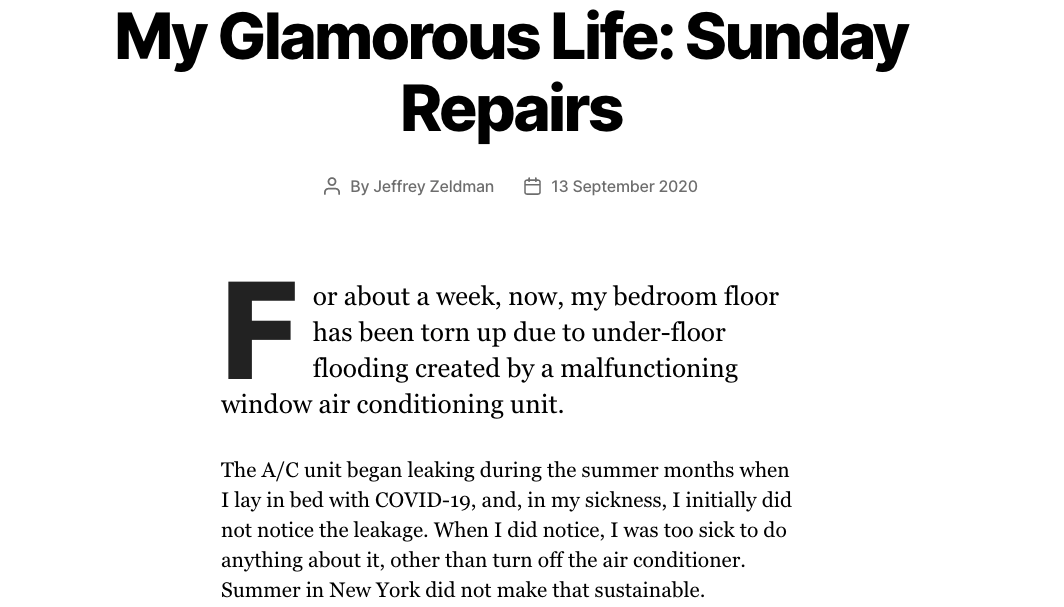
People’s time is precious and should be respected.
However, a person isn’t going to dedicate their time to your website if it’s not going to take them anywhere.
The written word is powerful and can make people feel happiness, sadness, anger, the whole range of emotions. So it’s a good idea to craft your content with emotion at the forefront of your mind.
What do you want your visitors to feel?
There are a million ways to get people to feel something. First, find inspiration from the literature that made you feel something and incorporate elements of the style into your writing. Stories, characters, dialogue, or even other mediums such as podcasts can all help to involve emotion.
Remember that people learn — and feel — in different ways. For example, some people will think through text, some through images, and some through what they hear.
6. Find the tools that will make the writing process easier
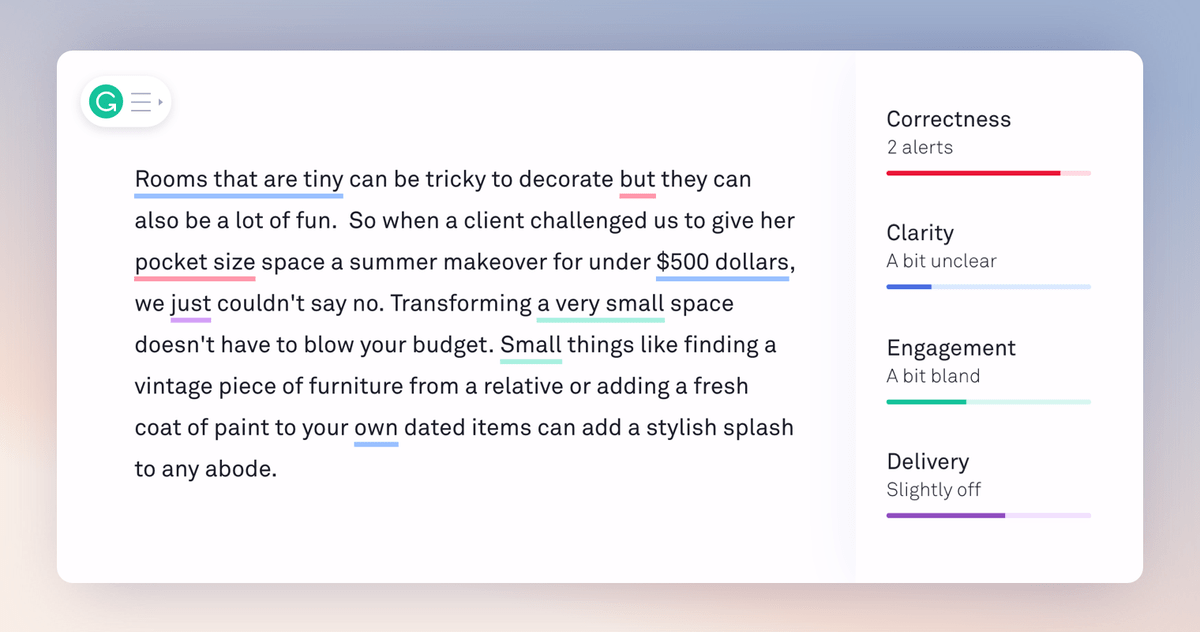
Your blog might make perfect sense to you. After all, you wrote it!
But the comprehension of your writing is not what’s important. How well your visitors understand your text is what matters.
As such, it’s essential to take steps to ensure that your writing is clear and concise. If it’s not, then your visitors will have a hard time finishing skimming through the piece.
You can use grammar tools such as Grammarly to help you. They’ll highlight any problems with your text, such as sentence length and if anything’s unclear and needs to be rewritten.
You can think of these tools as having an editor. Once you’ve finished the ‘first draft’ of your blog, you can simply copy and paste it into the grammar tool and see if you’ve made any mistakes.
If you have, then you’ll have an opportunity to correct the problems before you send them out into the world.
7. Make sure you have an active voice
There’s nothing necessarily wrong with passive language, but if you have the option, then it’s a good idea to choose an active voice.
That’s because the active voice is generally more engaging to read. Of course, don’t go to great lengths to ensure every sentence is active; sometimes, it just won’t be possible.
But as a general rule, it works.
When you’re using passive voice, the recipient of the action receives priority rather than the person or action.
For example:
Active voice: ‘The dog barked at the door’
Passive voice: ‘the door was barked at by the dog.”
If you find that you’re using the word ‘was’ with an ‘-ed’ verb, then it’s probably passive. However, you’ll be able to catch these mistakes with grammar tools, so you’ll have an opportunity to make your corrections.
8. Make sure that your blog post is easy to read
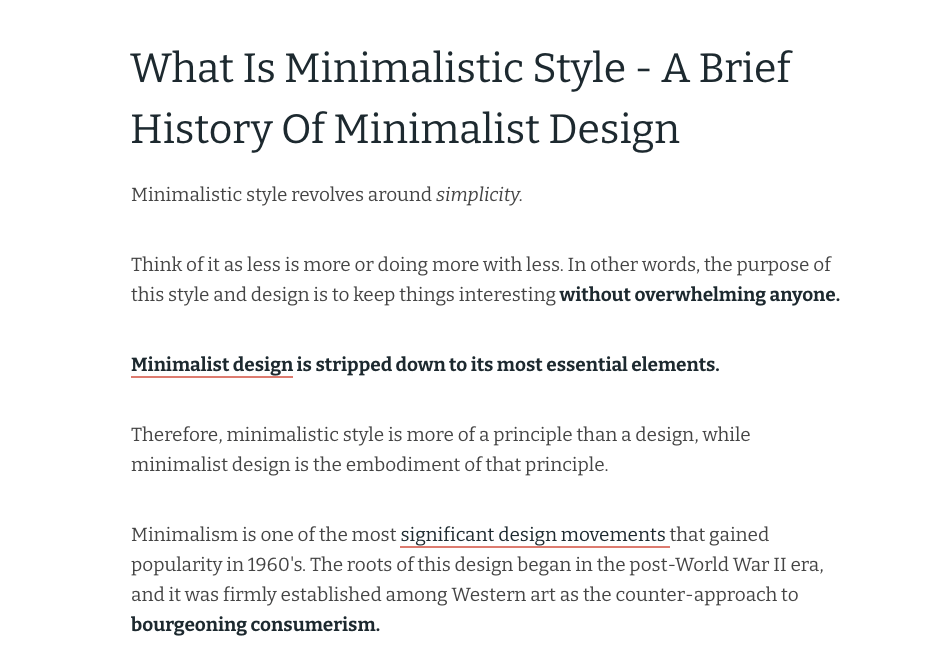
People like a reading challenge when they’re reading a work of great literature. When they’re browsing the web, they prefer texts to be easy to read. There are some tricks you can use that’ll make your content easier on the eye.
For one, use short sentences. It’s best if they’re under twenty words in length. Paragraphs, too, should be kept short — two or three sentences will be enough! If you’re looking for some guidance on structuring your text, look at Medium or WordPress blogs.
They’ve got it right.
There’ll be times when you use longer sentences and paragraphs, and that can be OK. But as a general rule, you’ll want to keep things short and sweet!
You can also create sub-navigation menus to help readers move around the blog easily, making a dense subject seem more accessible – like in this example about contract management.
9. Include images or videos

If you’re publishing long content, it can be a good idea to break things up a little by using other media, for example, images and videos.
Adding dynamic personalized website content to your landing pages is an easy way to make sure that people stay engaged with you. 2x more engagement has been seen when these kinds of elements are added into the page!
There’s a big difference between staring at a 4,000-word wall of text and looking at a 4,000-word piece of content that has been broken up into smaller chunks and which utilizes images and videos.
There are plenty of ways to add these types of media to your content. For example, you can design your own or use graphics and icons.
For stock photo images, you can use a site like Unsplash, Shutterstock, or Pixabay. For custom graphics and illustrations, software like Vectornator would do the trick, or you can use Canva, Picmaker, or Visme for ready-to-use and customizable visuals.
Essentially, it’s all about thinking of the presentation of your content. Even the font matters! There’s a big difference between using Comic Sans and using Times New Roman. Choose your font wisely.
10. Write about topics that people are interested in

It’s always important to write with your readers in mind. Of course, you’ll have topics that you would read about — but you’re not the one doing the reading.
While you can bring your passions to the table now and again, focus on what the people want. One good way to figure out what types of content that is is to use research tools.
For example, Google Search Console will show you search trends. They’re the things that people are searching for, so surely they’re interested!
Likewise, utilizing Facebook, Reddit, Quora, and other social media channels will show you what the people discuss.
11. Keep up with trends
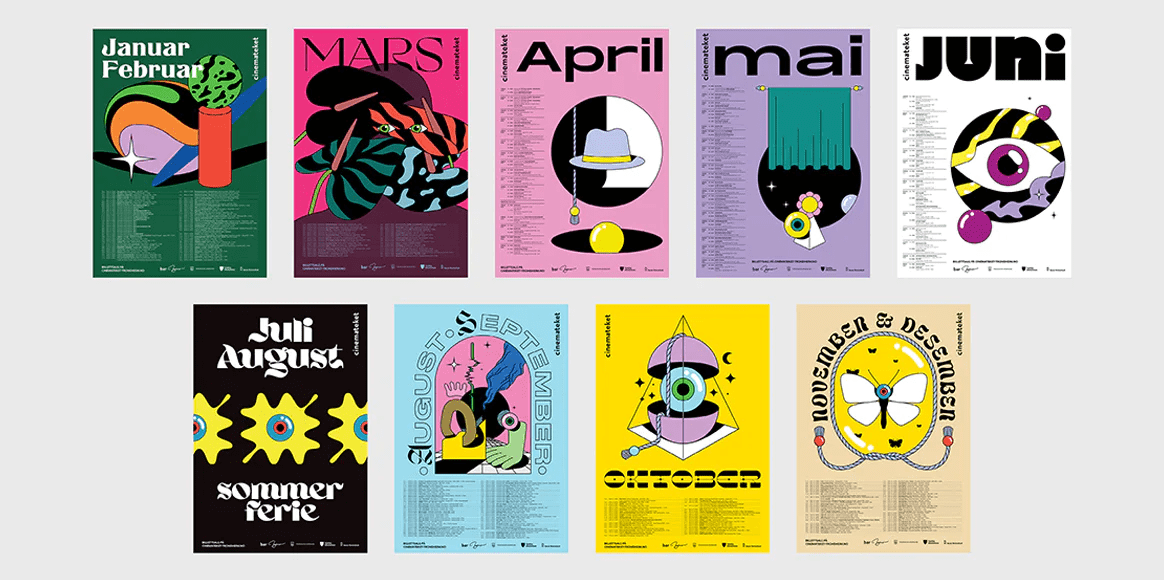
Relevancy is vital when you’re a writer. You might have your finger on the pulse right now, but things change. If you’re going to be as successful five years down the line as you are now, then you must be keeping up with trends.
The type of content people like to consume won’t be the same in the future; it’ll evolve.
If you’re up to date with design trends, UI, UX, art, and other digital trends, then you’ll always have something to say.
12. Be mindful of how often you publish
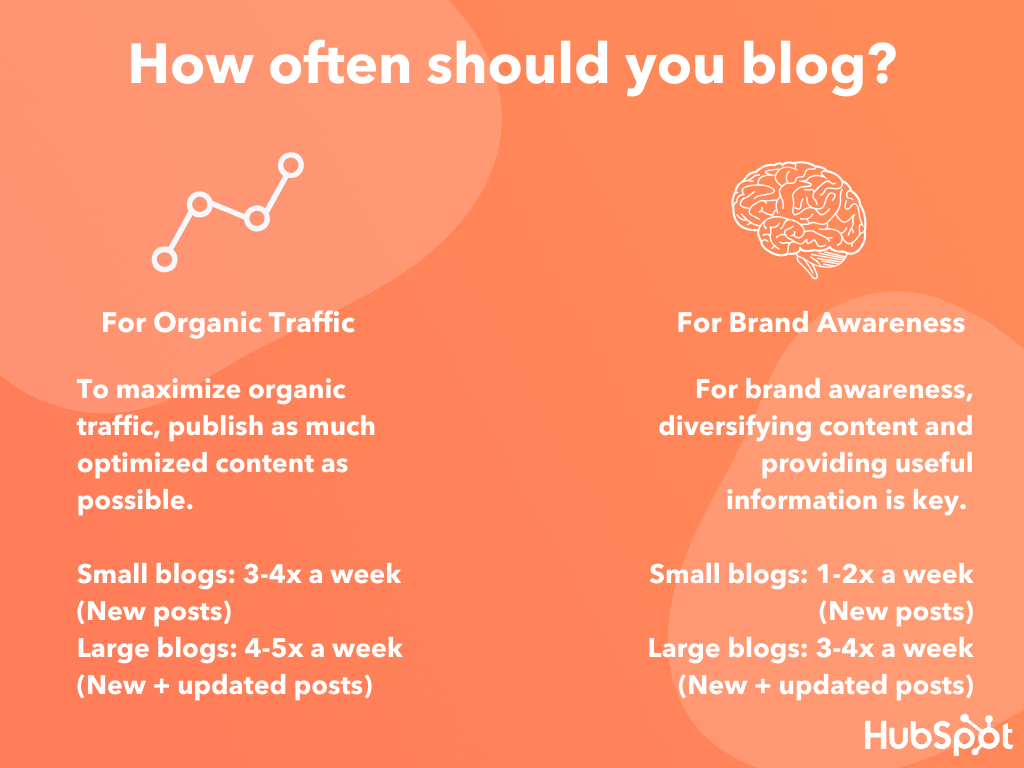
Sometimes, less is more.
For example, it’s better to post a few high-quality articles each month rather than pump out a low-quality blog every day.
Prioritize quality over quantity, and you’ll gain a loyal following. Even if you could produce unique content every day, it’s better to drip-feed it to your audience rather than risk overwhelming them with information.
There’s value in writing evergreen, long-term content, too. The initial traffic isn’t so important. What’s vital is that your blogs will appeal to people further on down the line.
Remember that you can always repurpose or update your more successful blogs once new information becomes available or when you just want to give it a new lease of life.
There’s no shortage of content out there and no shortage of content writers. But, if you want your words to be successful and stand the test of time, you need to create engaging content.
The tips we’ve outlined above are relevant for this year, but who knows what the future will hold?
Things evolve all the time, so be sure to keep up with changes.



